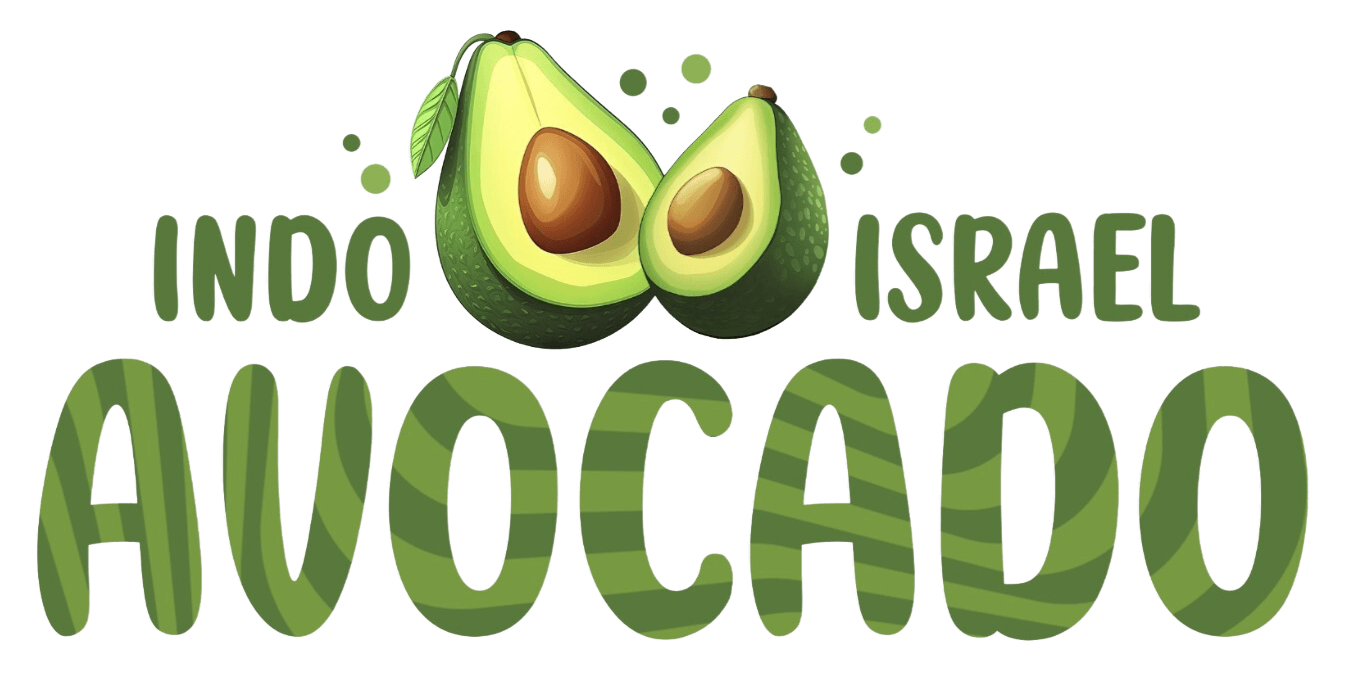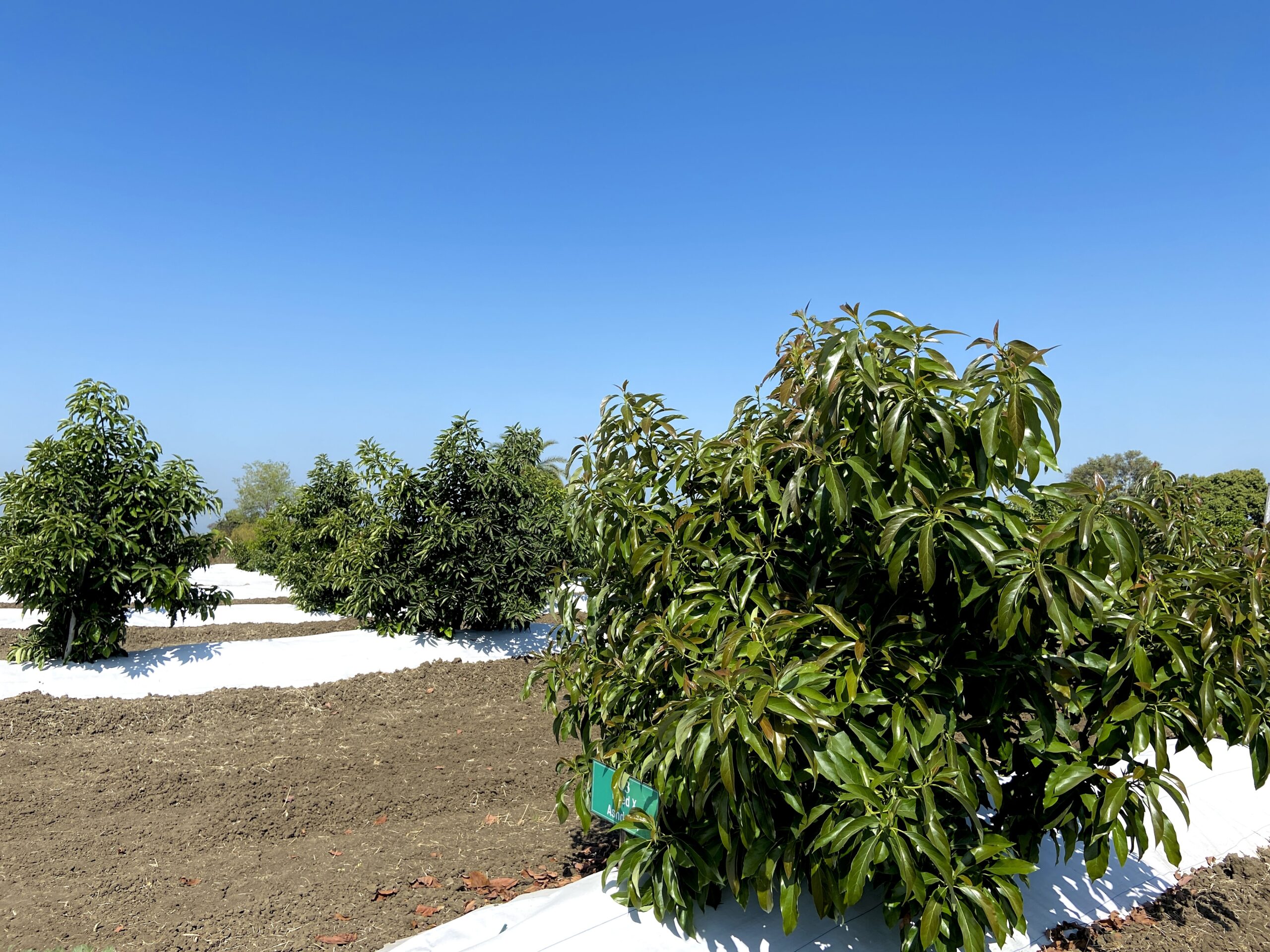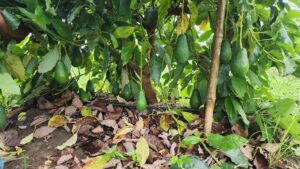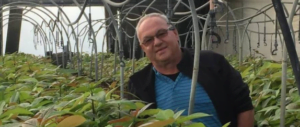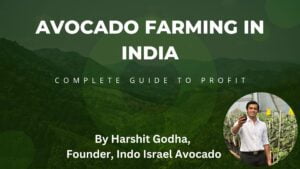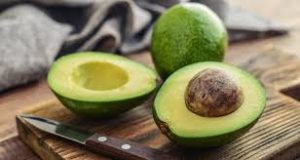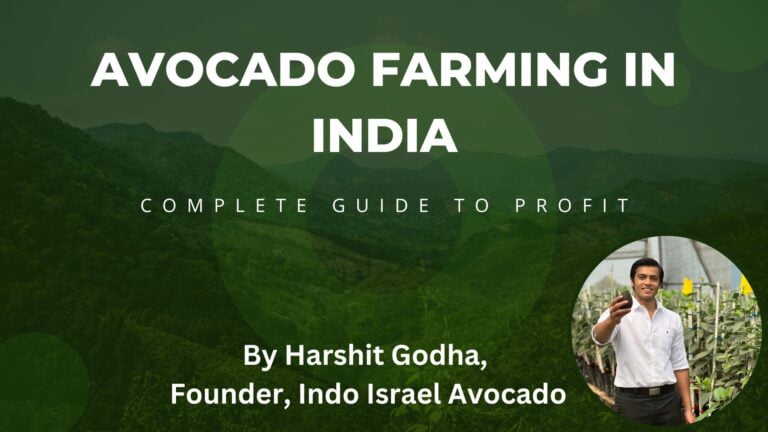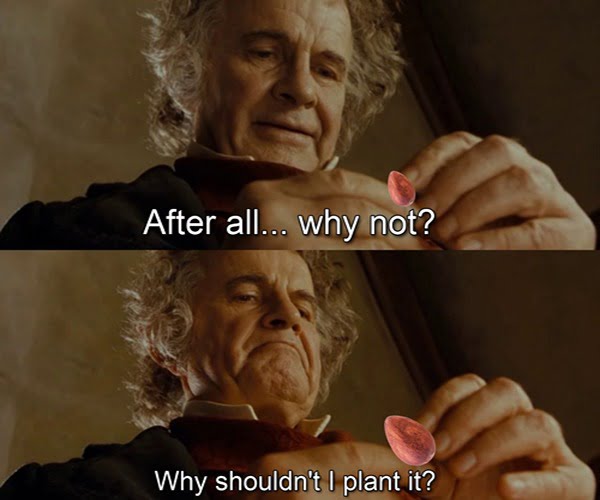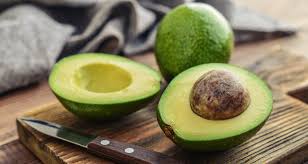Contents
Pinkerton
Ettinger
Reed
Hass
Lamb Hass
Lavi
Iriet
GEM
Maluma
Arad
Zutano
Pinkerton
A Guatemalan hybrid which originated about 1959 as a ‘Rincon’ seedling on the property of John W. Pinkerton in Ventura, California and thought to be a ‘Rincon’ × ‘Hass’ hybrid; patented in 1975. (J.H. Crane et al.2002)
Characteristics of the tree
- The tree is Elongated, upright and has moderately spreading canopy
- Semidwarf, suitable for high density planting
- Fruits are found inside the canopy; this reduces the chances of fruit drop caused by high temperatures.
- Leaves has wavy pattern
- Fruit bearing capacity is greater
- Hot and subtropical variety, temperature is suitable up to 46˚C
- Flower type is A, flowering starts March to April
- Requires pollinizer variety (B type)
- Yield is 12 ton/ acre
Characteristics of Fruit
- Dark green, rough, and pebbly skin
- Medium to large sized, long necked, tear drop shaped fruits
- Weigh around 230-425g
- Seeds are comparatively smaller
- Oil content is 16 to 20%
- The pulp percentage is higher, smooth/ creamy in texture like Hass
- The flesh/pulp is golden yellow in color
- Easy to peel
- Greater skin thickness saves from postharvest damage and enhances the shelf life
- Slow ripening in nature, advantageous for transporting long distance
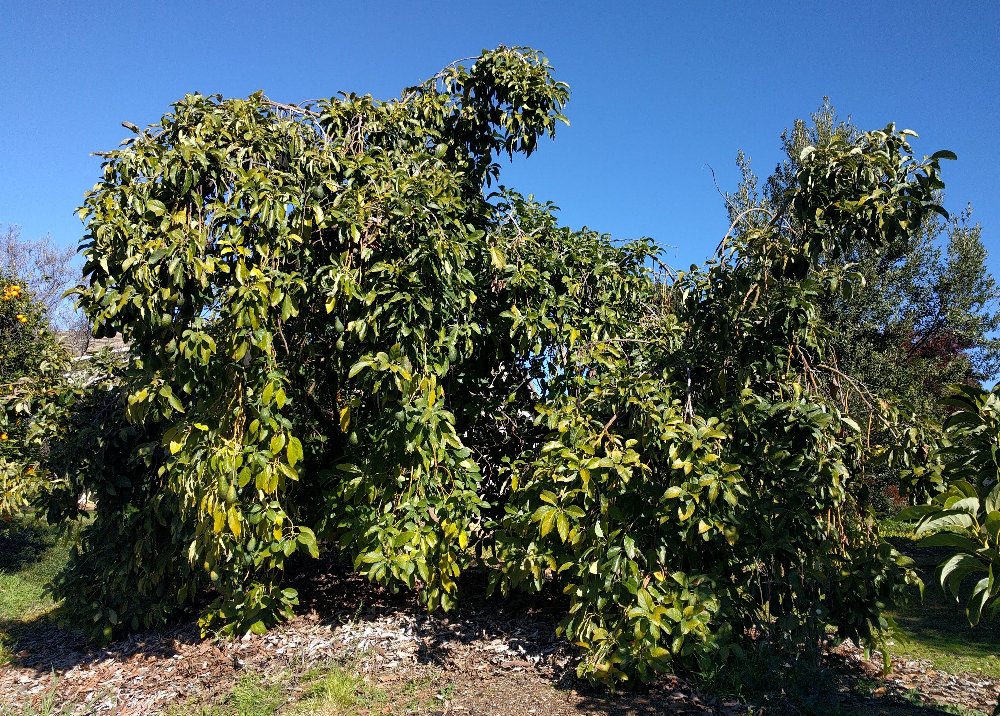
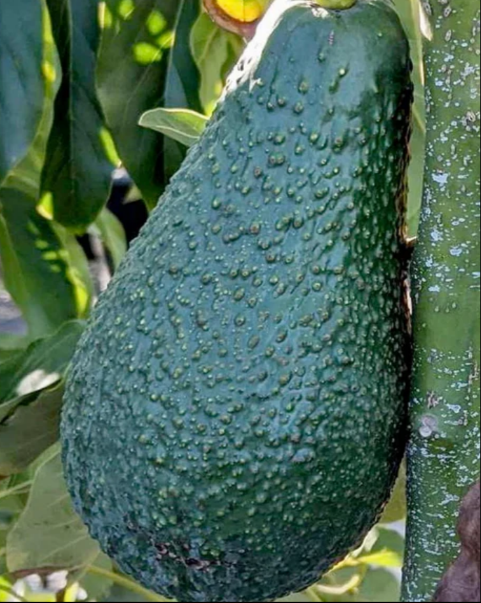
Ettinger
Predominantly Mexican with some Guatemalan parentage from a seedling of ‘Fuerte’ selected in Kefar Malal, Israel in 1947 (J.H. Crane et al.2013).
Characteristics of the tree
- Conical, upright, and compact growing habit, the uniform growing nature of the plant makes the harvesting process easier
- Mostly grown as pollinizer (type B) variety with the other varieties such as Hass, Lamb Hass etc. at a rate of 10-15% to induce cross pollination.
- By using this variety as a pollinizer, the production has increased by 20-30% in other varieties
- It is heat tolerant, can tolerate up to 46˚C
- Flowering starts from March and April
- The fruits are mostly found in the lower branches of the tree
- The fruit bearing capacity is moderate to heavy
Essential qualities of the fruit
- The fruit is shiny green skinned, distinct pear shaped, has slightly rough surface and does not get dull on ripening
- The seed is of large size
- Weighs about 170-570g
- The flesh is pale yellow in color and smooth and creamy in texture.
- The shelf is comparatively longer
- The problem related to this fruit is peel cracking which occurs due to fruit being pulled down by gravity as the oil content of fruit increases gradually. Timely harvesting is the only way forward to this issue
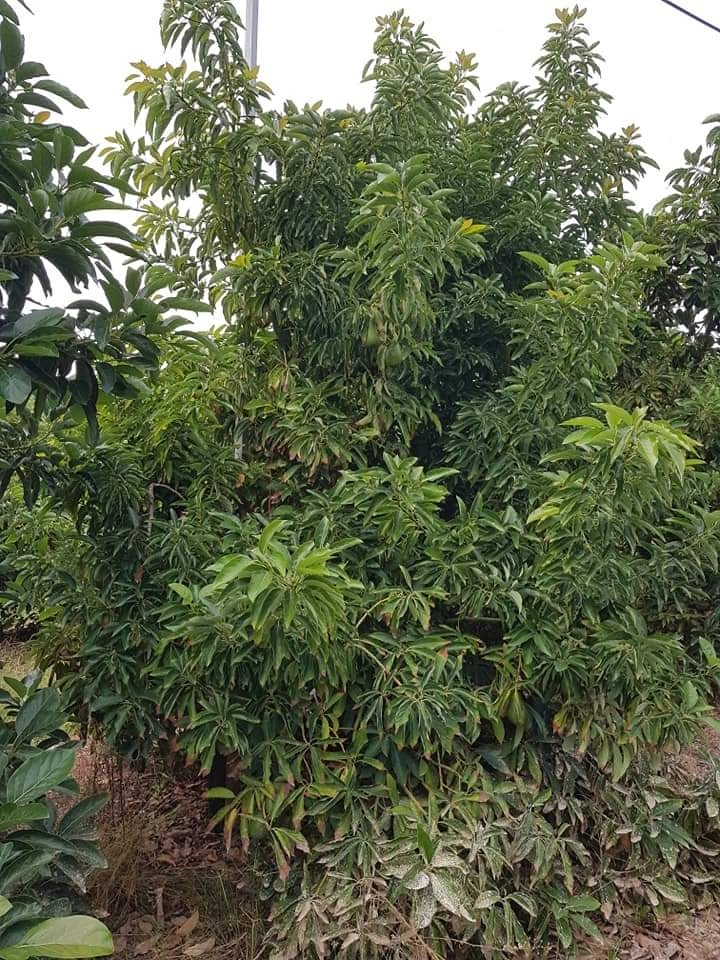
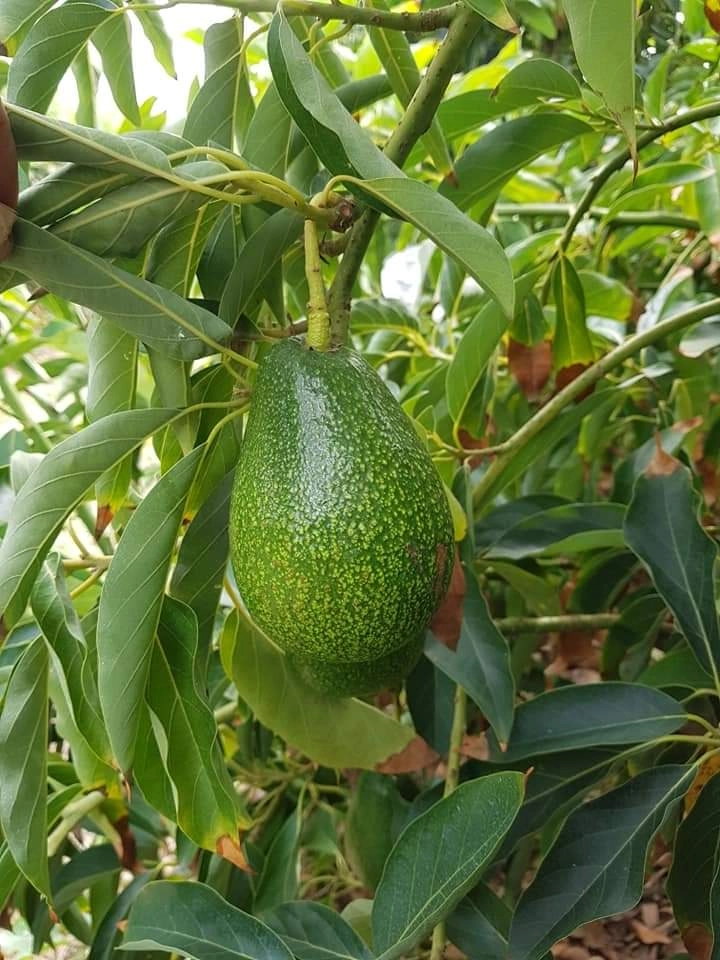
Reed
A Guatemalan type that originated on the property of James Reed in Carlsbad, California in about 1948; registered in 1960, the patent expired in 1977. It is probably an ‘Anaheim’ × ‘Nabal’ hybrid (J.H. Crane et al.2013)
Important characteristics of Reed tree
- The tree is slender, downward hanging branches protect the fruit from sunburn
- This variety due to its upright growth is conductive to ultra-high-density planting in California
- Consistent high yielding variety
- This also has heat tolerance property(46˚C)
Fruit traits of Reed
- The fruit is green, slightly pebbled, comparatively big and round
- Medium to large, the average weight is 350-500g
- The flash has pale yellow color with smooth texture and the flesh surface of cut does not darken
- The pulp quantity is high with a pleasing taste
- The seed is medium to large
- Late season maturity creates the availability of off-season fruits in the market
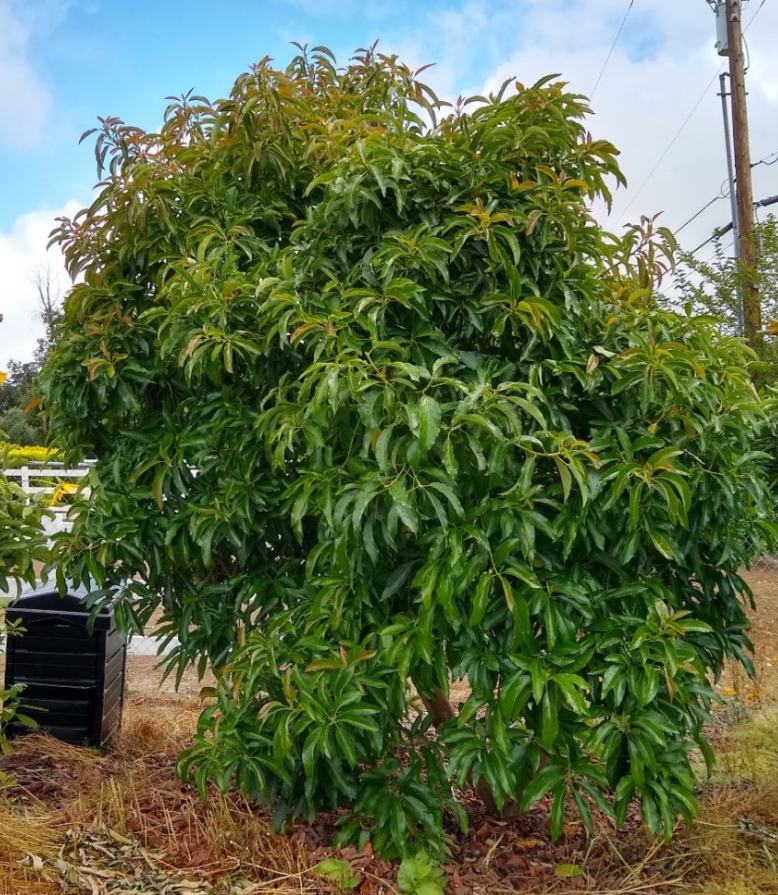
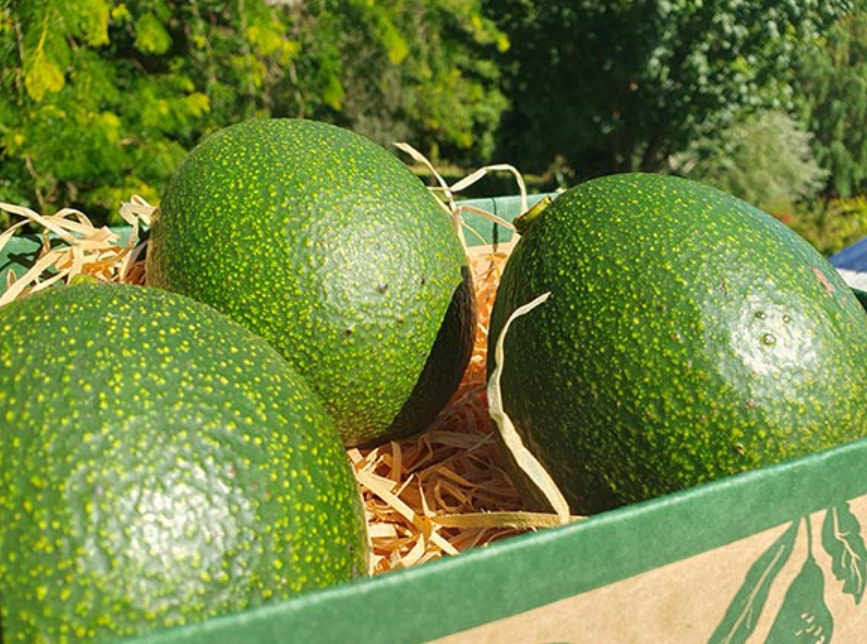
Hass
Overwhelmingly the most important/dominant cultivar in the world. Primarily grown in the cooler subtropical regions and at higher elevations in some tropical areas by the 1960s. (Schaffer.B et al;2002)
Tree profile
- Medium to large vigorous tree with semi upright growing habit, tall with a rounded crown, having a flower group A
- Unpruned Hass tree can attain a height up to 25 ft. (greg adler,2022)
- consistent fruiting tree, fruit drop is less compared to the Lamb Hass (greg adler,2022)
- Heat tolerance is up to 35˚C
Profile of the fruit
- Ovate shape, small to medium size, weighing 140 to 400g has pebbly skin.
- Dark green on the tree, although it may become purplish black upon maturity (Schaffer.B et al;2002)
- Seeds are satisfyingly small (greg adler,2022)
- Flesh of Hass avocado is pleasing green in color with gold towards the center
- Typical oil content of 18-20% g gives rich nutty flavor
- The texture is very smooth
- Harvesting season is late summer; the fruit may become rancid if harvested late
- Diseases and pest- Medium to thick peel provides tolerance to some extent to pest and diseases, but leaves are susceptible to Persea mite and fruits to thrips
- Excellent storage and shipping quality due to high concentration of calcium
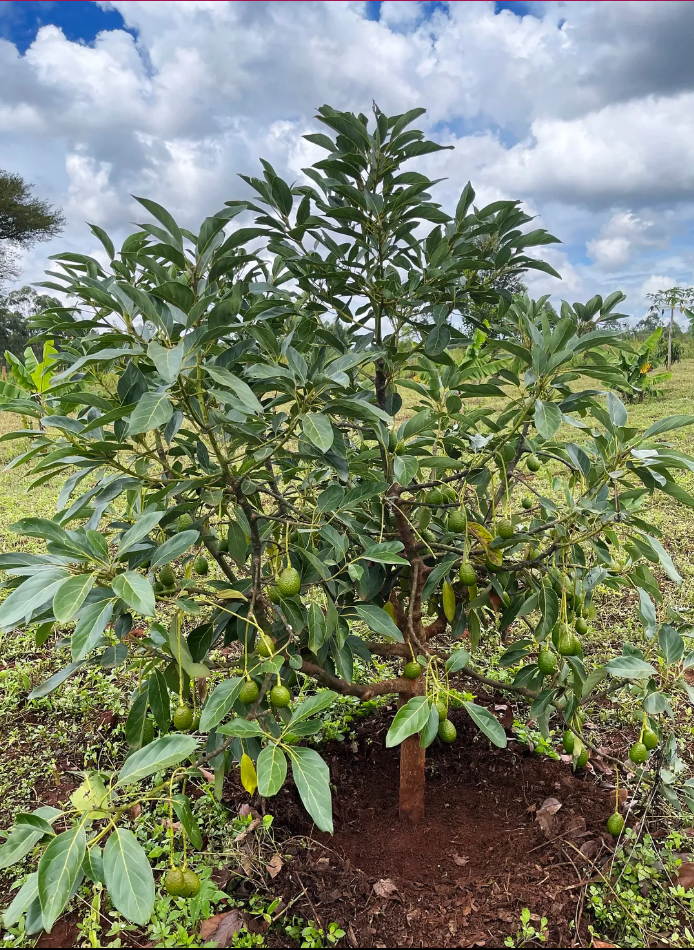
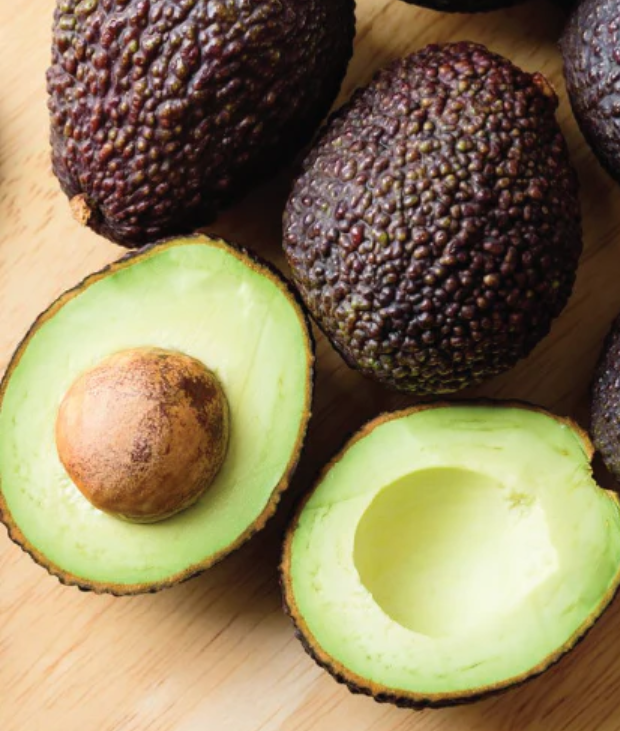
Lamb Hass
Lamb Hass’ (California) is a seedling of ‘Gwen’ propagated by B.O. Bergh that was planted at the Lamb family ranch in Camarillo, California and patented in 1996 by the University of California (Schaffer.B et al;2002)
Tree profile
- Precocious, fruits are covered in the foliage, flowering type is A
- Has an Upright canopy which lends itself to a high-density planting
- Less susceptible to pests and damage caused by wind than Hass as fruit is held inside the tree canopy
- This variety can tolerate up to 40-42˚C
Fruit qualities
- Fruits are larger than Hass, average weight is 250-405g
- Matures several months later than Hass in cooler climates
- The peel is finely pebbled, medium thick and brittle
- The fruit turns purplish black ripening, if harvested before gaining full maturity the ripe fruit tends to be stringy (Schaffer.B et al;2002)
- The seed size is medium
- The pulp is of good to very good quality, yellow in color, has strong pleasing taste
- The texture is smooth enough
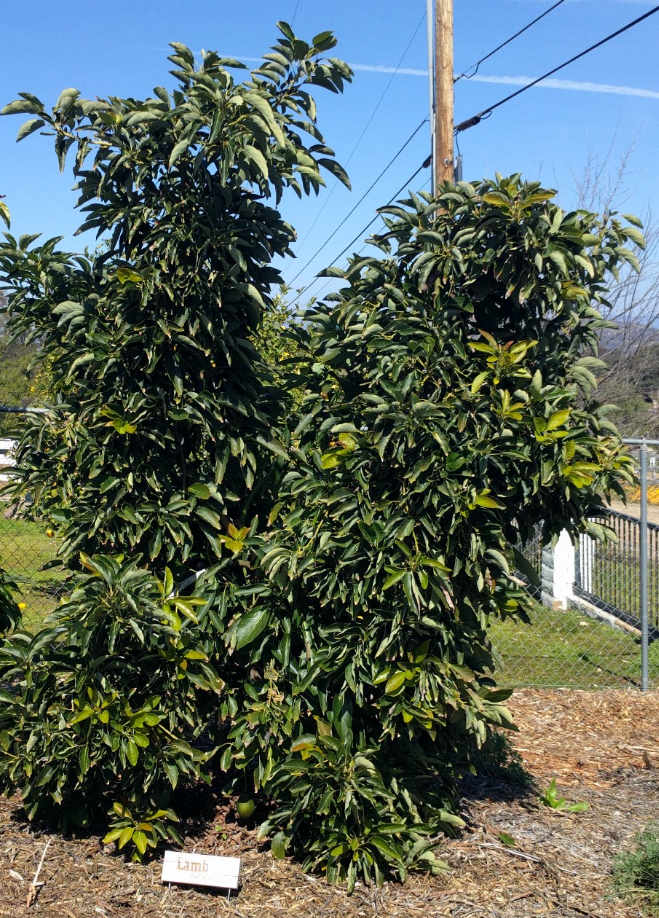

Lavi
‘Lavi’ originated from a ‘Hass’ tree pollinated in spring 1991. The fruit was harvested in winter 1991/2, the seedling was planted in 1993 in Kibbutz Lavi (after which the cultivar is named) and bore its first fruit in 1994/5. ‘Lavi’ was found to be especially interesting for being ‘Hass’ like in its form but with larger fruit. (E. Lahav, et al.2005)
The success rate of this variety is still under research as anecdotal evidences suggest that it has given good results only in 50% of the areas in Israel where it was planted.
Tree profile
- Tree is small, grows about 6m without any pruning practices. It is narrower than lamb hass and upright with dense foliage
- Leaves are flat, smooth, and medium in size
- Belongs to flowering group A
- Compared to Hass, Lavi is a better producer with a smaller tendency to alternate bearing
- Lavi can tolerate heat up to 46˚C
Fruit habits
- Ovate, uniform in shape and size
- Average fruit weight is 260-400g
- Peel is glossy, pebbly, somewhat thicker than hass, turns black towards ripening.
- Flesh is yellow with buttery texture, has almost no fiber
- Harvesting season coincides with main harvesting season of Hass
- Storage capacity is about 3 weeks at 5˚C and 95% relative humidity
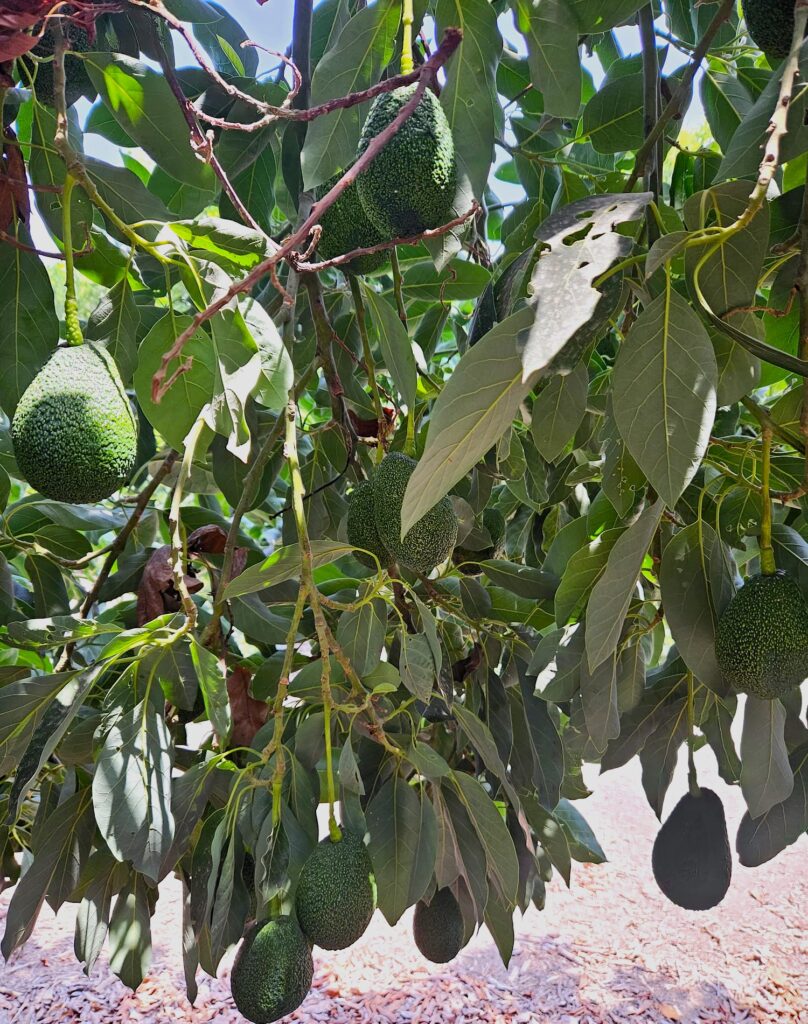
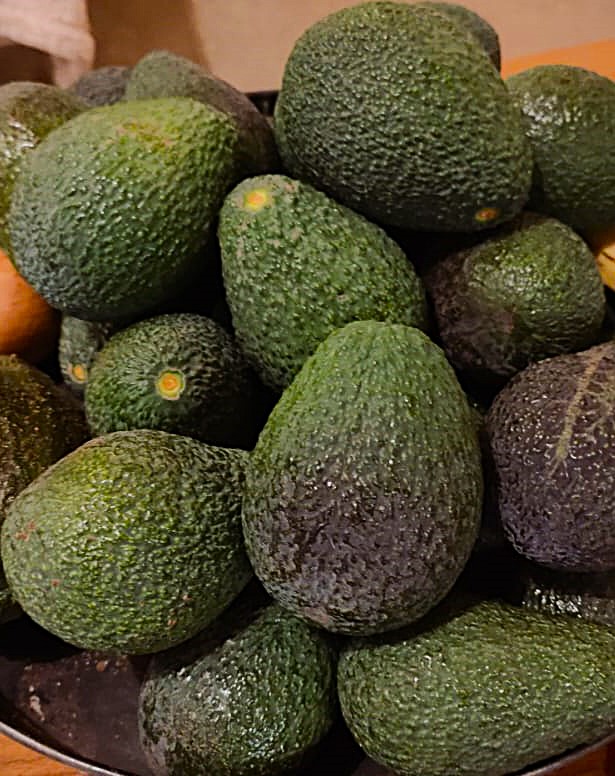
Iriet
Iriet’ (previously 12-15) is the name given to an avocado (Persea americana Mill.) seedling selected in a breeding project conducted at the Akko Experiment Station in Western Galilee, Israel (Lahav et al., 1985). One of the objectives was to find a late cultivar, similar to ‘Hass’, but with larger fruit. In Spring 1973, ‘Hass’ trees were caged with beehives. The progeny fruits were harvested in Winter 1974 and seedlings were planted in Spring 1975. ‘Iriet’ was selected as the best cultivar from this population.
Growing habits of tree
- Late cultivar like hass with larger fruit
- Small to medium tree, slightly weeping, has small green leaves, flush is red brown
- Flowering type is B, profuse, starts flowering after a year from plant
Fruit qualities
- Fruit is pear shaped, uniform in size and shape
- Has slightly glossy and pebbly skin, typically has a small depression at the blossom end of the fruit
- Average fruit weight is 300-400g
- On maturing the fruit color turns from dark green to black with slightly speckled green patches
- Peel is thin, leathery
- Seed is small and slightly elongated
- Flesh has green yellow color and buttery texture with a nutty flavor
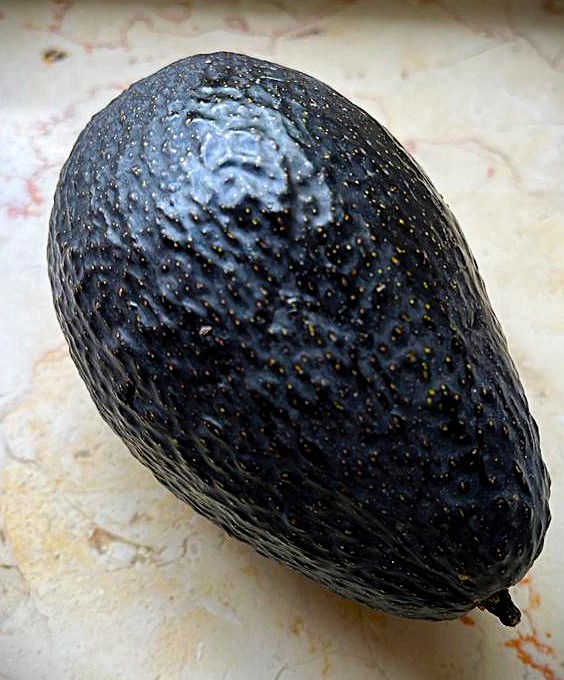
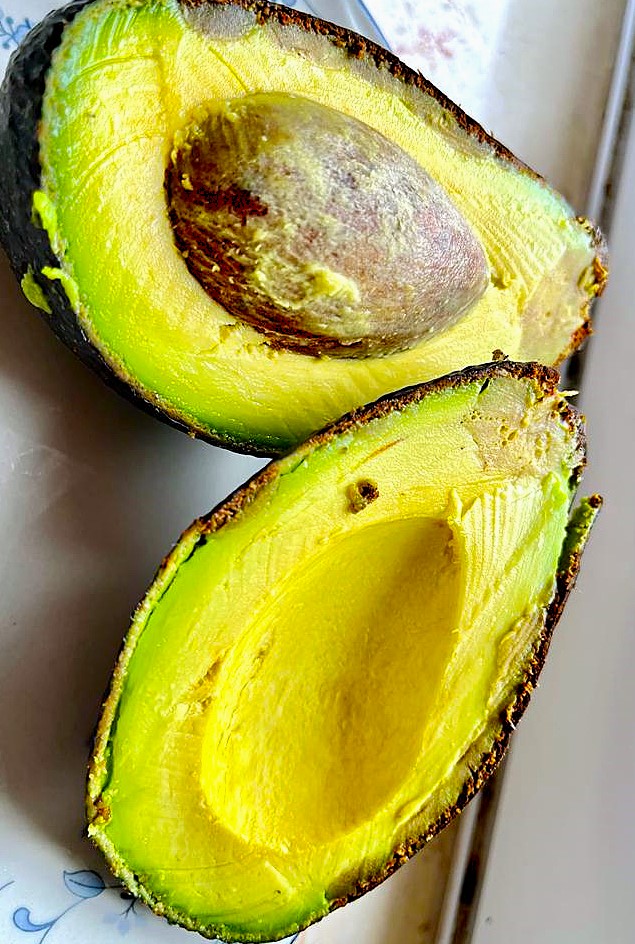
GEM
GEM’ (California) is a ‘Hass’like cultivar from the University of California breeding programme GEM’ (California) with high fruit quality and with later maturity than ‘Hass’. The cultivar had U.S. Patent and Plant Breeders Rights (Anonymous, 2012b; van Rooyen, 2011). However, the patent has expired.
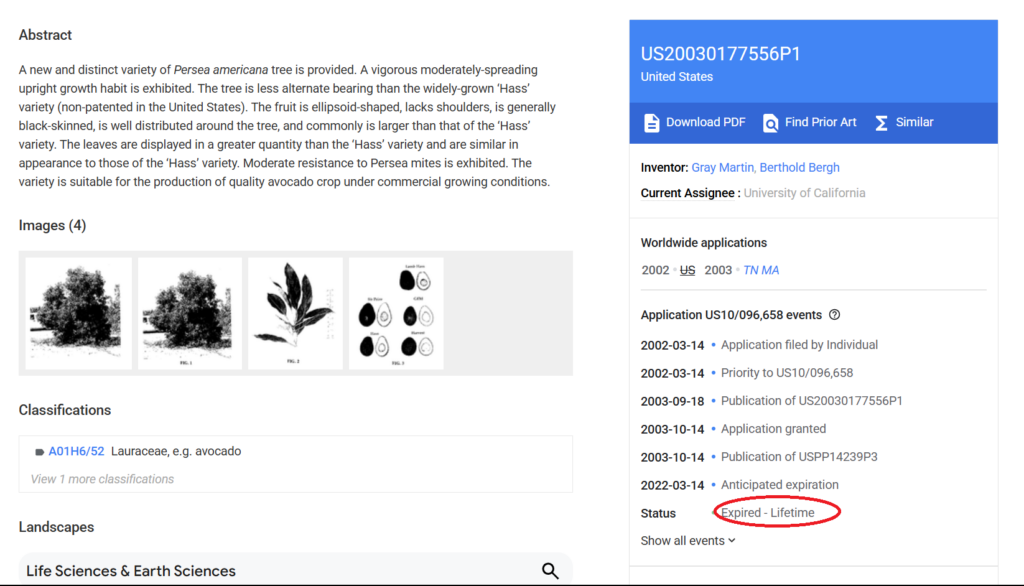
Tree profile
- Compact plant, vigorous, moderately spreading, upright growing, suitable for high density planning Bears fruit inside the canopy
- GEM has an A type of flowering habit
- Less tendency to alternate bearing than Hass (Anonymous, 2012b)
- GEM is also a high heat tolerant variety (45˚C)
Fruit profile
- Larger than Hass, ellipsoid shaped fruit, without shoulders
- Skin is slightly pebbled, black in color
- Yellow green flesh with buttery texture and nutty flavor
- Seed is small and broadly ovate
- Yield is greater or similar to the Hass
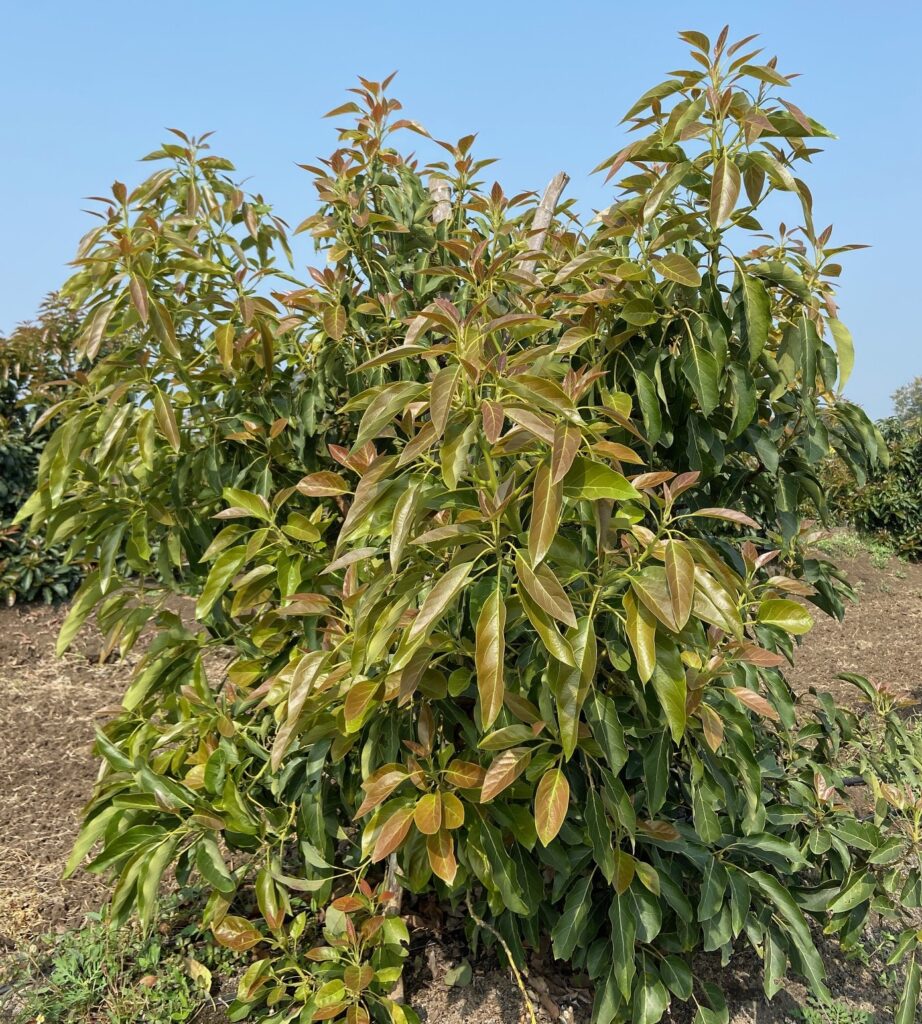
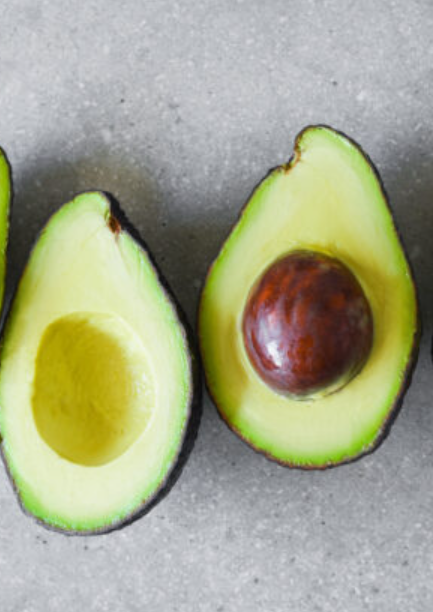
Maluma
Maluma’ (South Africa) is a G × M ‘Hass ‘like cultivar released in 2007 by Allesbeste Nursery in Tzaneen, South Africa (Ernst, 2011).
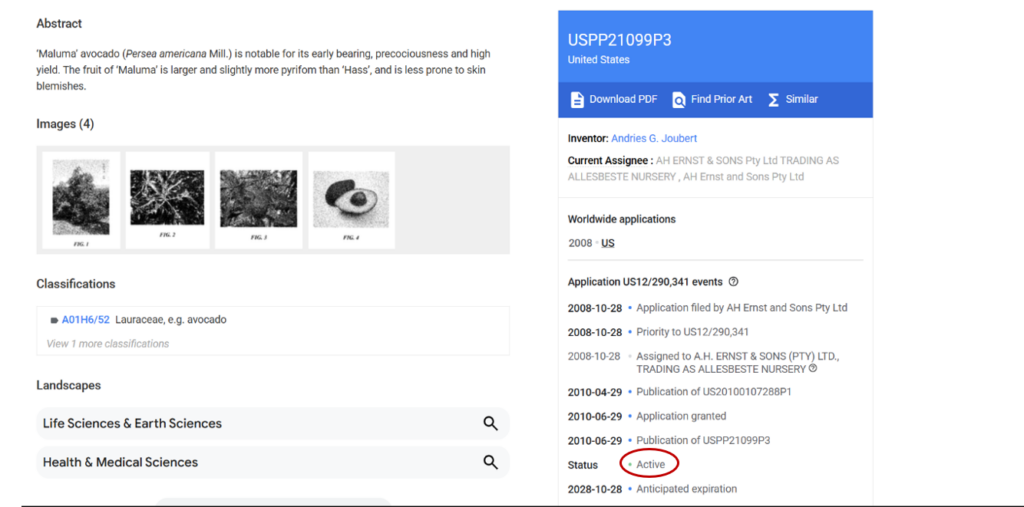
Essential traits of Maluma tree
- The tree is precocious with an upright central leader and lateral branching, suited to central leader pruning in high density plantings.
- The tree is less vigorous than ‘Hass’ and may be managed in high density plantings without growth retardants (J.H. Crane et al)
- Maluma has an A type flowering habit
- Maluma can tolerate heat up to 46˚C
Fruit profile of Maluma
- Fruit has a shiny, semi rough, pebbly, and leathery peel which turns purplish black upon ripening
- Fruit weigh 150–400 g and are pyriform
- The seed is obovate with a flat base
- The smooth pulp is yellow with light green colour near the rind and has an excellent, rich, and tasty flavor (Ernst and Ernst, 2011)
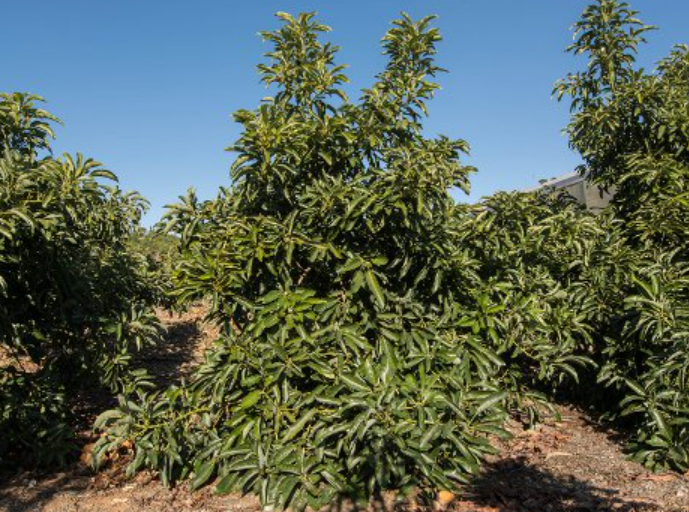
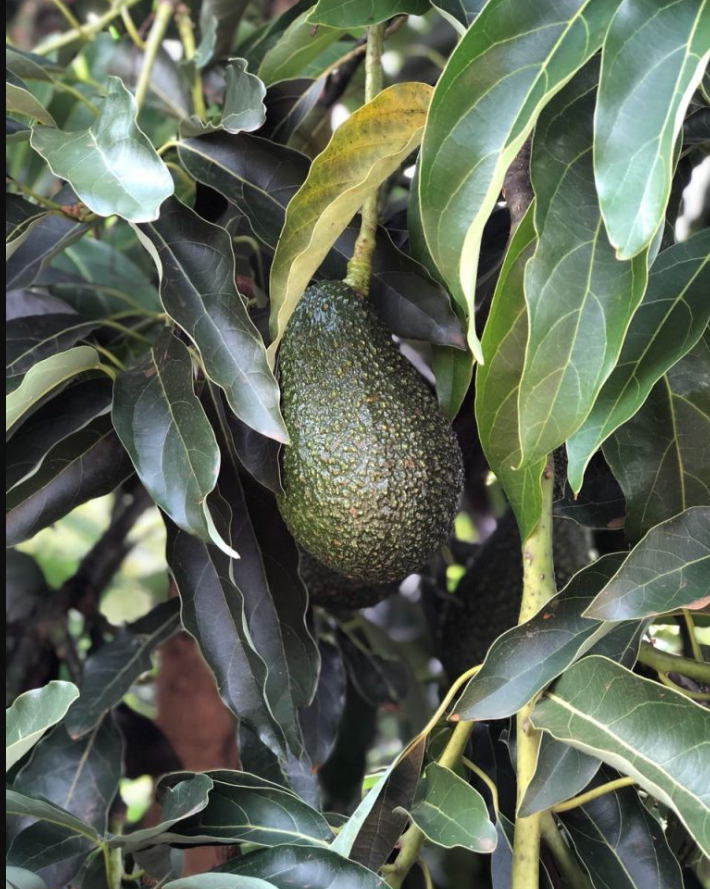
Arad
‘Arad’ (previously 2-45-88) is an avocado (Persea americana Mill.) seedling selected in a breeding project conducted at the Volcani Centre, Bet Dagan Israel (Lavi et al., 1991). ‘Arad’ is the best producer cultivar compared to all commercial cultivars in Israel.
‘Arad’ is being patented and can be obtained from the Agricultural Research Organization, The Volcani Centre, Bet- Dagan, 50250 Israel.
Tree profile
- According to the IBPGR descriptors for avocado (1992): the tree is medium in size (about 5 m in height without pruning). It is smaller than the ‘Hass’ and similar to the ‘Lamb-Hass’
- The leaves are intermediate in size, flat, lanceolate, with straight edges and a slight anise scent
- Flush is reddish-brown and the mature leaf light green
- Flowering intensity is medium-strong, like the flowering intensity of ‘Fuerte’ with medium-short panicles.
- The flowering season is from mid-April to mid-May, like ‘Lamb-Hass’ and after ‘Hass’
- ‘Arad’ belongs to the A flowering group
- Arad’ excels in precocity and bears fruit in the very second year after grafting
- High heat tolerant variety (46˚C)
Fruit profile
- The attractive fruit is pear shaped and uniform. The skin is smooth, glossy, dark green with and a yellowish-green, line along some of the fruits
- The fruit weight is 180 to 480 g (averaging 300 g), depending on the crop load and harvest season
- The fruit stalk is medium and attached slightly off-center
- The ripe fruit remains green
- The leathery peel separates easily from the flesh and is of medium thickness (like ‘Fuerte’)
- The seed is slightly elongated, small
- The flesh is yellow with a green rim and with a good buttery flavor (Lahav et al., 2005)
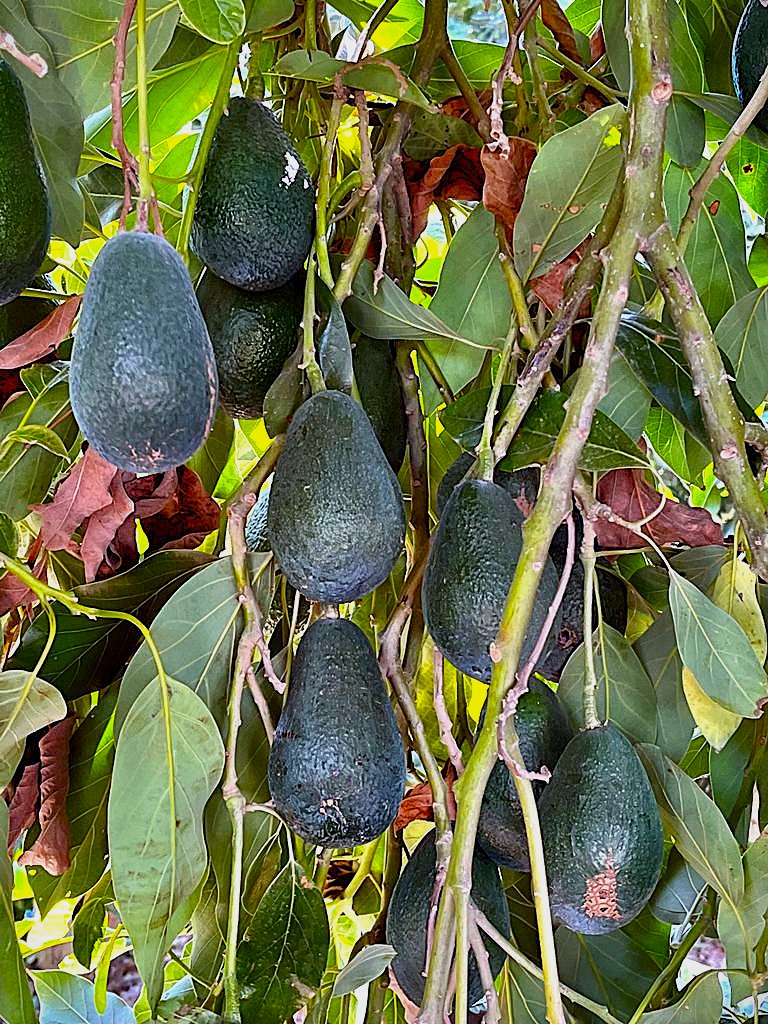
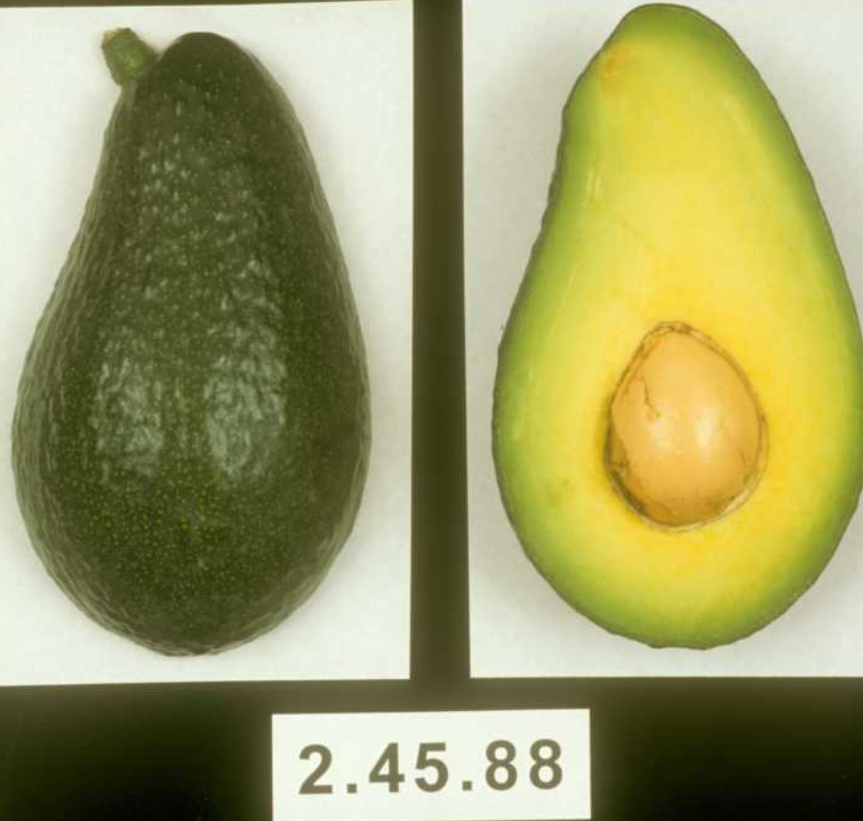
Zutano (California) As a variety
- A Mexican (predominantly) × Guatemalan hybrid, selected by W.L. Ruitt at Fallbrook, California.
- Trees have upright growth; red flecking on wood of new shoots; flower Group B.
- The fruit are ovate to pyriform, medium size, weighing 200–400 g; the peel is thin, light green, smooth, glossy, and leathery with waxy bumps.
- The seed is medium to large and conical. Fruit is early maturing with pale whitish yellow pulp; about 65% flesh recovery; poor to fair quality pulp with a watery texture; poor flavour with at times an unpleasant aftertaste; the fruit has a short tree life once it matures.
- ‘Zutano’ produces consistent and heavy crops and is predominantly grown in colder regions due to frost tolerance (down to −3.3°C).
- The peel blemishes readily and is susceptible to peel cracking, lenticel corking, anthracnose, and insect attack.
- This cultivar is very susceptible to PRR and often exhibits scion overgrowth when used as a rootstock.
- It has been used as a ‘nurse’ seed in the production of clonal rootstocks in California and South Africa, and is a successful pollinizer for ‘Hass’. ‘Zutano’ played a role in the development of the California industry due primarily to its cold tolerance. 1926.
Thanks and Regards,
Pallabi Sarkar, R&D at Indo Israel Avocado
You can find the recommended videos here
References
A.A. Ernst, (2002) cultivars and rootstock,,The Avocado Botany, Production and Uses 2nd Edition, pp. 206.
A.A. Ernst,(2011) Interaction of storage, ethylene and ethylene inhibitors on post harvest quality of ‘Maluma’. Proceedings of the VII World Avocado Congress , Cairns, Australia. Available at: http://worldavocadocongress2011.com/userfiles/file/Andre%20Ernst%201030-1050.pdf.
All Avocado Varieties Explained (2024). Deccan exotics. Available at: https://youtu.be/fn_z30dDSo4?si=mZHFUXzl17IipXcq.
Alder, G. (2024) Avocado variety profiles, Greg Alder’s Yard Posts: Southern California food gardening. Available at: https://gregalder.com/yardposts/avocado-variety-profile/
Anonymous (2012b) GEM avocado. U.S. Plant Patent USPP14239 (Issued 14 October 2003). Available at: http://www.google.com/patents?id=MGCXAAAAEBAJ&pg=PA1&dq=GEM+avocado&hl=en&sa=X&ei=otsJT7CuH9ShtweynIDQBg&ved=0CDMQ6aEwAA#v=onepage&q=GEM%20avocado&f=false
crane, J.H. (2002) cultivars and rootstock, , The Avocado Botany, Production and Uses 2nd Edition, pp. 200–234.
Godha, H. (2024) Pioneering commercial avocado farming in India, Indo Israel Avocado. Available at: https://indoisraelavocado.com/
Lavi, U., Lahav, E., Genizi, A., Degani, C., Gazit, S., & Hillel, J. (1991). Quantitative genetic analysis of traits in avocado cultivars *. Plant Breeding, 106(2), 149–160. https://doi.org/10.1111/j.1439-0523.1991.tb00493.x
Lahav, E. et al. (2005) ‘`Arad’—a new avocado cultivar’, HortScience, 40(2), p. 488. doi:10.21273/hortsci.40.2.488.
Regev, I. et al. (2005) ‘`Lavi’—a new avocado cultivar’, HortScience, 40(2), p. 489. doi:10.21273/hortsci.40.2.489.
Whiley, A.W., Schaffer, B.A. and Wolstenholme, B.N. (2002) The avocado botany, production, and uses. 2nd edn. Queensland, Australia: CABI Pub.
Van Rooyen, Z. (2011) New developments in horticultural research at Westfalia, South Africa. In: Proceedings
of the VII World Avocado Congress. Cairns, Australia. Available at: http://www.avocadosource.com/
